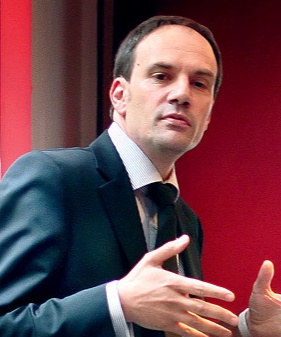Principles for
|

|
Last update: March 29th, 2006
|
Succeed in your project deploymentSuccessful roll out of a 5S, TPM or others projects with a workgroup can be greatly facilitated through some principles and "good practices". These principles and practices have been highlighted by research about pedagogy for learning adults (S.Bellier in France) and lessons learned while coaching on these kind of projects. Communication ahead of eventIt is recommanded to communicate about the project before involving the first actors (people carrying out the actions), so that participants join with a true will to participate, learn, understand and do. Teasing is part of this early communication – in a more or less explicit way – in order to:
One effective way to facilitate understanding of concepts and company stakes is to ask the future participants to conduct a self-diagnostic or an analysis of the current situation. Early communication covers also (partialy) the need for "sense". The principle of senseAdults have developed their critical sense, letting them choose freely to accept or reject
(openly or not) what is brought to them. For them to accept, they need to understand why, what for,
the ultimate goal of the project. In other words, it needs to make sense to them. The sense must be explained and repeated at different moments:
The understanding of final goal of a project is often related to informations and decisions which are out of the scope or responsibility of the workgroup. It is recommanded to have a senior executive explaining the stakes and needs of the project, as well as surrounding scope; corporate strategy, CEO decisions. Principle of involvementBy involving people an letting them carry out actions, they will self discover and experiment, learning methods which are far most effective than theoretical teaching or feedbacks. For that reason, the theoretical part of presentation should be shortened in favor of on the floor action. Principle of wrap up and summaryIn training, the more the attendants summarize and wrap themselves up, the more they will understand and
memorize. By formalizing (write memos, work guides, procedures...), participants will build their own milestones and
"order" themselves the newly learned concepts. Feedback and communicationGiving feedback, and generally communicating about the progress, is important to credit participants for their efforts and achievements. It is also an important lever for keeping motivation up. Feedback and communication about the project also facilitates the spreading to other lines, areas and so on. It is a way to tease the colleagues in other areas to join the project.
|
| |||||||||||||||||||||||
This page was brought to you by ©hris HOHMANN - http://chohmann.free.fr/
